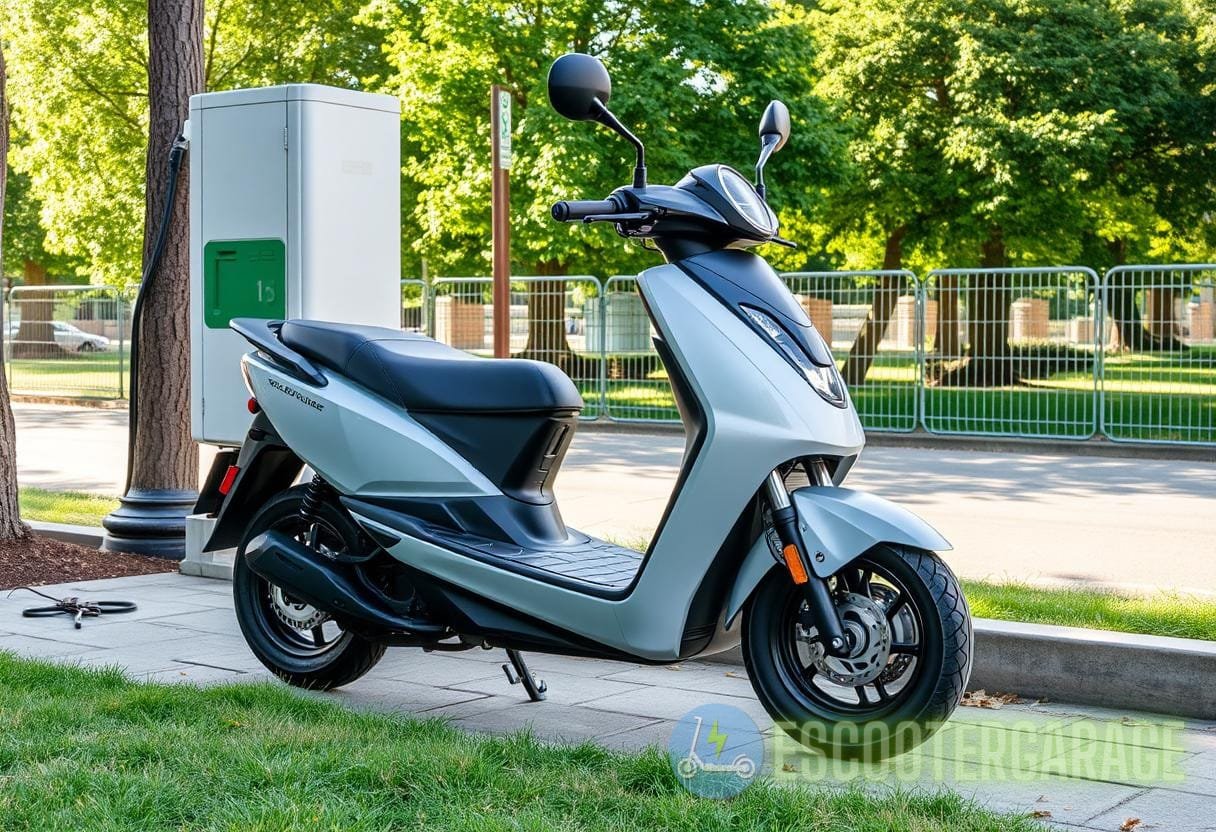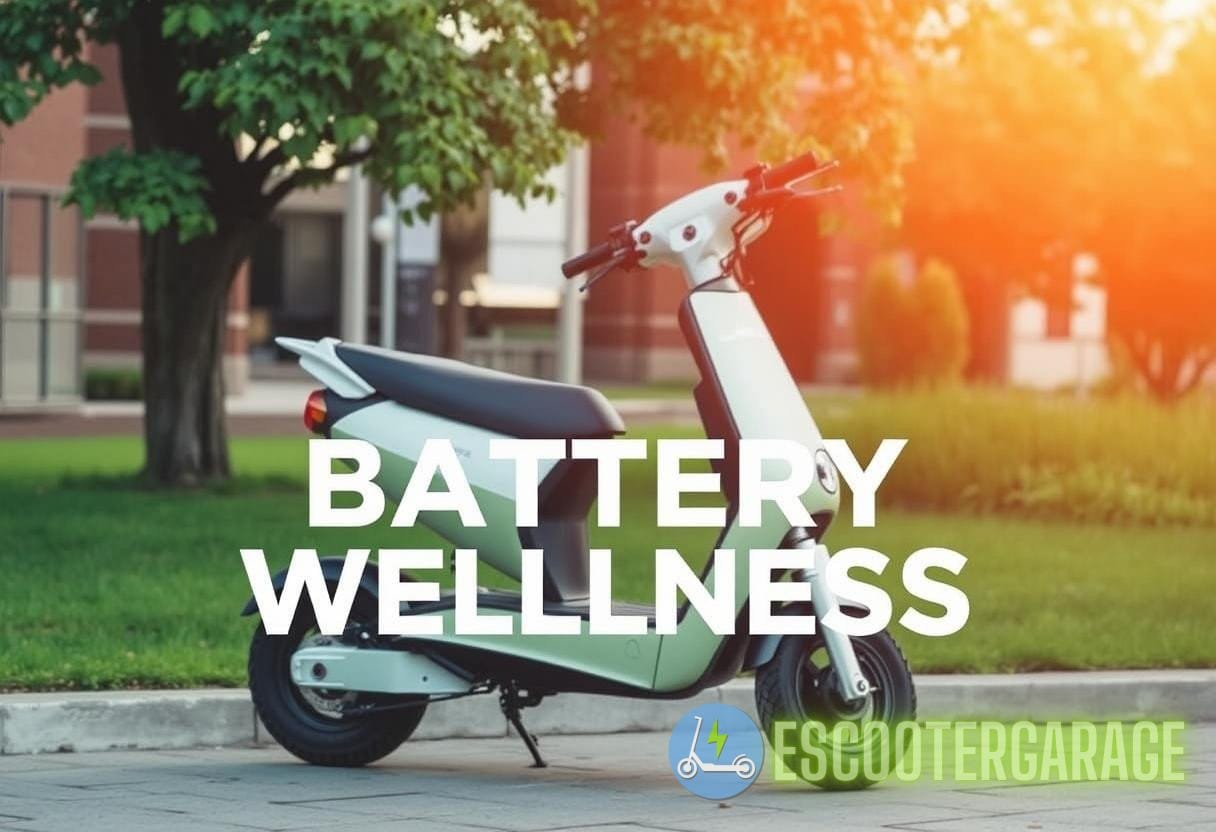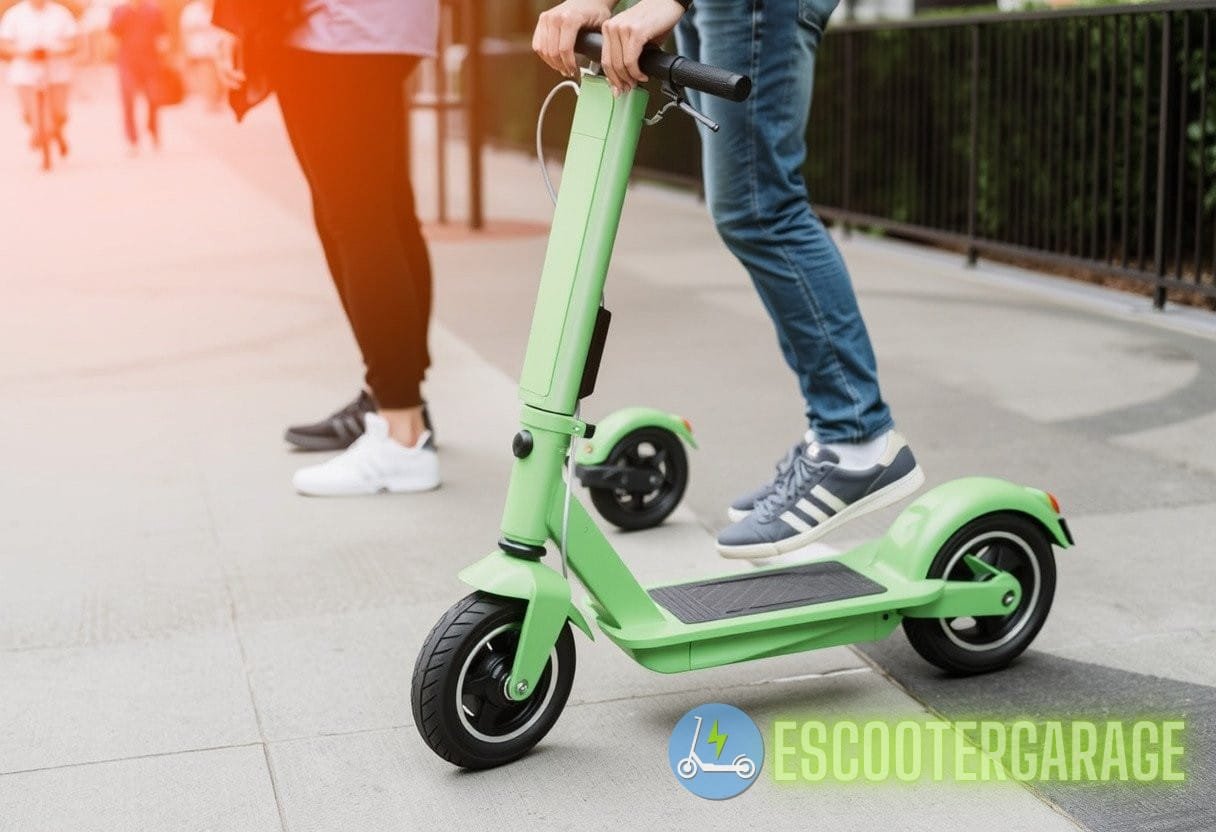Decoding eScooter Battery Health: Innovative Insights into Charging Habits for Lasting Performance
As eScooters surge in popularity as a preferred mode of transport, understanding the intricacies of escooter battery wellness becomes paramount for both users and manufacturers. The longevity and efficiency of eScooter batteries are heavily influenced by charging habits, which, if optimized, can significantly enhance performance. In this comprehensive guide, we will decode how various charging practices affect battery health, offering innovative insights backed by scientific principles and empirical data.
The Anatomy of eScooter Batteries
eScooters primarily utilize lithium-ion batteries due to their high energy density and longevity. A typical lithium-ion battery consists of an anode, cathode, separator, and electrolyte. Understanding this structure is crucial in grasping how charging behaviors impact overall performance. Here are some key characteristics of these batteries:
- Anode Material: Usually graphite, which allows for efficient ion transfer.
- Cathode Material: Often lithium nickel manganese cobalt oxide (NMC), which enhances energy density.
- Charge Cycles: A full charge cycle refers to charging from 0% to 100%, but partial cycles also influence battery lifespan.
According to a study by the Journal of Power Sources, lithium-ion batteries can reach around 500 to 1,500 charge cycles depending on their chemistry and usage patterns. Therefore, aligning charging habits with these findings is essential for extending battery life.
The Importance of Charging Methods
The way you charge your eScooter significantly influences its battery wellness. Identifying the most effective charging methods can prolong battery life by reducing stress levels within the battery cells. Below are some factors that determine optimal charging:
- Charging Frequency: Frequent top-ups (charging from 20% to 100%) are usually less harmful than deep discharges followed by full charges.
- Charging Temperature: Lithium-ion batteries typically should be charged at temperatures between 32°F to 104°F (0°C to 40°C) for optimal performance.
- Charging Equipment: Utilizing the manufacturer’s recommended charger ensures compatibility and minimizes risks.
Data from the Battery University indicates that proper charging practices can extend battery life by up to 300%. This highlights a strong correlation between user habits and battery longevity.
Charging Habits Impacting eScooter Battery Wellness
Now that we understand how charging methods can influence eScooter battery wellness, let’s explore specific habits that users should adopt to enhance battery performance.
1. Charge After Every Use
A common misconception is that it is best to let the battery drain completely before recharging. In reality, maintaining battery charge levels between 20% and 80% enhances battery health. Regularly charging after usage keeps the battery in the optimal range, improving its longevity.
2. Avoid Full Charges and Deep Discharges
Going from 0% to 100% in charging cycles is detrimental. Instead, consider the following:
- Charge when the battery drops below 20%.
- Aim to unplug the charger when it reaches around 80% charge.
Studies show that eScooter batteries experience less stress under these conditions, significantly enhancing their lifespan.
3. Temperature Considerations

Temperature impacts chemistry. When charging in high heat (above 104°F or 40°C), battery life can decrease significantly. Here’s how to mitigate temperature effects:
- Measure the ambient temperature before charging.
- If necessary, wait until the battery cools down to optimal temperatures.
4. Use Quality Chargers
Using the wrong charger can provide inconsistent voltages, leading to overcharging or undercharging, both of which can compromise battery health. Always use a charger that is:
- Recommended by the eScooter manufacturer.
- Capable of delivering the correct voltage and amperage.
According to the Electrical Engineering Portal, chargers with high-quality circuits can further protect the battery from undesirable electrical fluctuations.
Real-World Data on eScooter Battery Longevity
Understanding theoretical knowledge is essential, but empirical data solidifies its importance. Real-world case studies have shown that eScooter users who adopted optimal charging practices saw a notable difference in battery longevity:
Case Study: City Cycle
City Cycle, a bike-sharing program, incorporated eScooters into their fleet. By implementing a standardized charging protocol, they increased the average life of their batteries from 500 to 1,200 cycles. Their strategies included:
- Charging scooters overnight at lower temperatures.
- Monitoring battery health metrics using software.
- Providing user education on proper charging techniques.
As a result, their operational expenses dropped by 30%, showcasing the financial benefits of maintaining eScooter battery wellness through efficient charging habits.
Understanding Battery Management Systems
The advent of advanced Battery Management Systems (BMS) has led to smarter charging and monitoring of eScooter batteries. A BMS manages the charging process, ensuring safe operations through:
- Voltage Regulation: Preventing overvoltage and under-voltage scenarios.
- Temperature Monitoring: Adjusting the charging current to avoid excessive heat.
- State of Charge (SOC): Providing accurate battery usage statistics to users.
Recent findings highlight that with a robust BMS, the average lifespan of a lithium-ion battery can be increased by up to 50%. Investing in a quality BMS can significantly enhance overall escooter battery wellness.
Conclusion: The Future of eScooter Battery Charging
In conclusion, maintaining optimal eScooter battery wellness stems from informed charging habits, advanced technology integration, and awareness of external factors such as temperature. By understanding the mechanics behind battery management and adapting practices accordingly, users can significantly impact the lifespan of their eScooter batteries. The effort to optimize battery health goes beyond personal use; it fosters sustainability within the eScooter sharing economy and promotes overall efficiency in urban transport systems. As innovation continues to unfold in the electric vehicle industry, user education will remain pivotal in ensuring the best outcomes for both owners and the environment.



